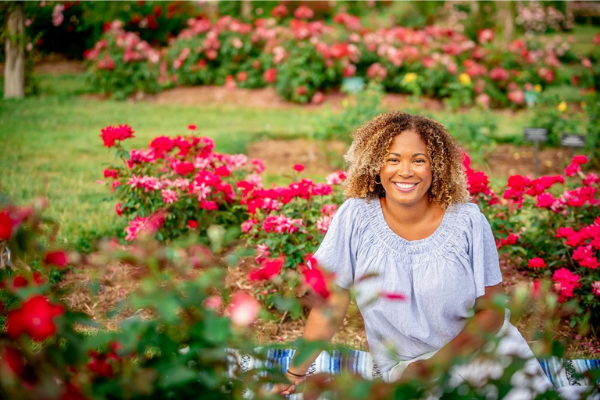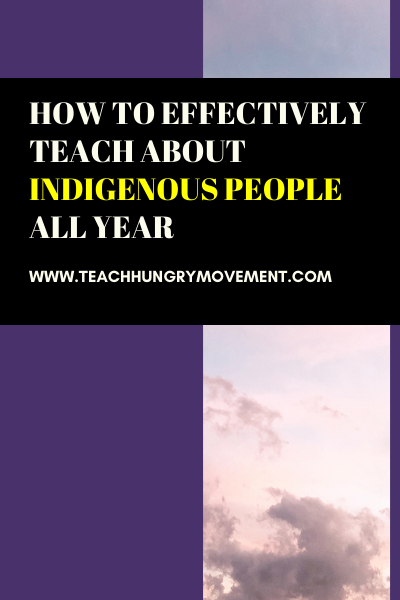I’m proud that my school district changed Columbus Day to Indigenous People’s Day. It’s important to recognize indigenous people.
I’m sure there were a ton of people who had an atomic wedgie over it, but…
It was the right move.

That got me thinking. What did I learn about indigenous people in my K-12 education?
Of course, I don’t remember everything I learned in school. But, when I think about what I learned about indigenous people, two things come to mind. Longhouses, and popcorn with syrup.
I was in elementary school in the early 90s. You know, when they actually taught social studies in lower grades. We did a huge unit on indigenous people. I remember enjoying it.
We learned about the various cultures in the different regions of the country. And for some reason, the housing that the different cultures lived in stands out to me.
So, does putting syrup on popcorn. Because:
- It’s delicious
- I’m pretty sure my teacher told me that’s how Native Americans ate popcorn. Probably not true, but hey, it tasted good.
I also remember when the Mashantucket Pequots and the Mohegans opened their casinos. (Foxwoods and Mohegan Sun, respectively).
The Pequots also created a museum exploring their history. It’s baller.
But that’s pretty much it. I don’t remember learning much else about indigenous people in school.
And I sure as hell haven’t taught about them enough. Part of this is my own fault. I don’t know enough. And I haven’t taken the time to learn.
It’s also the education system’s fault. I’ve worked in three districts. None of the curricula focused any significant amount of time on indigenous people.
So, yes. Districts changing Columbus Day to Indigenous People’s Day is cool. It’s a good first step.

But, it doesn’t do enough to make a real difference in knowledge, understanding, and empathy. That comes from education.
Here are 10 topics you can teach your students about indigenous people in your U.S. History class:
1. Indian Boarding Schools 1879
These schools were created to stomp indigenous culture out of native children. Children were separated from their families and culture for years at a time. Also, The goal was to convert them to Christianity and teach them the ways of white people. Indigenous children separated from their families and traditions, and they were often abused. Talk about trauma.
How to teach it:
A stations activity or carousel activity would work well for this topic. It could be a stand-alone topic or part of a more extensive survey of the late 1800s. One that includes several issues about Native Americans.
2. Dawes Act 1887:
It allowed the president to divide land given to indigenous people on reservations. This land was then given to individuals.
How to teach it:
I would add this to an activity that deals with several issues about indigenous people. I don’t think this is beefy enough or interesting enough to be taught on its own. Unless you were to look at what led to the Dawes Act and the ramifications of the Act.
3. Wounded Knee 1890:
A massacre left 150 indigenous people and 25 U.S. cavalrymen dead. This was the last battle between the federal government and the Sioux of South Dakota.
How to teach it:
This could definitely be a stand-alone topic. Students could look at military conflicts between the federal government and indigenous groups. Also, students could compare and contrast them or analyze and their impact.
4. Indian Citizenship Act 1924:
It gave citizenship to all Native Americans born in the territorial United States. This expanded citizenship since it had been limited.
How to teach it:
Weave this into your discussion of Immigration issues. You can have students think about who is being allowed into the country and who isn’t. Also, why did it take so long for Native Americans to become citizens, and why did it happen in the 1920s? Why were immigrants accepted into American culture while Indigenous people weren’t?
5. Navajo Code Talkers:
The Navajo Code Talkers were an integral part of U.S. intelligence during World War II. They created a unique code using indigenous languages.
How to teach it:
I will say. I’m pretty mad at myself for not teaching about the Navajo Code Talkers. I spend a good about of time on the Double V Campaign. And I talk a bit about issues with Mexican Americans. (Their experience in the military and the Zoot Suit Riots). So there’s no reason not to teach about the Navajo Code Talkers. I would do a stations activity with this for sure. There are so many cool topics that could be at each station.
Heck, maybe I’ll make something and send it to my email list. (Click here to subscribe to get my best tips & strategies).
6. National Congress of American Indians 1944:
The NCAI works to lessen conflict among different indigenous groups. They also work together to meet the needs of indigenous people in the U.S. today.
How to teach it:
I’d never heard of them until I did some research to write this post. I’d compare and contrast them with other minority coalitions. It’d be cool to compare their work to the NCAAP, for example.
7. Indian Civil Rights Act 1968:
It granted indigenous people many of the rights listed in the Bill of Rights. Signed by President Lyndon B. Johnson.
How to teach it:
You could add this to a discussion of all the Civil Rights legislation passed in the 1960s.
8. American Indian Movement 1968:
At first, AIM helped indigenous people who were pushed off reservations. Over time, the movement began to focus on a variety of issues important to Native Americans.
How to teach it:
I have taught about AIM before, but passively. I used to have the kids do a Civil Rights Project and choose a group to research. AIM was one of the groups. I didn’t love the project. I didn’t find it an effective way to encourage critical thinking. So, I’d change how I teach this the next time I teach U.S. History. This could be a cool place to include music, image analysis, and documentary clips.
9. Official Apologies 1990s-Present:
Several politicians apologized for the atrocities committed against Native Americans.
How to teach it:
The first thing I thought when I read about this was “who cares” and “so what”? Did this actually make a difference? It would be interesting to have the kids look at those questions. Why was this important to do? Was it a symbolic gesture? What did indigenous people think about this?
It’s similar to a discussion about changing Columbus Day to Indigenous People’s Day. And making Juneteenth a national holiday. Are these empty gestures, or will they make real change? It could be a great conversation with kids!
10. Regional/Local:
This is a great way to infuse some local history into your classes. Also, focusing locally could engender more empathy with your students. Especially if you also talk about current issues in the area.
How to teach it:
The mascot discussion is huge right now. Especially with the discussion of race the country has had this year. Look at the newly named Washington Football team. Has your school or any schools near you changed their mascot?
Also, as I’ve mentioned before, look to see if any casinos in your area are run by Native Americans.
There you have it—a few ideas for sprinkling indigenous people into your curriculum.
Social justice education isn’t only about teaching about Black people. We need to continue to look at whose narratives are missing. Teaching about indigenous people is an essential part of teaching U.S. History.
So, acknowledge Indigenous People’s Day, then get teaching!
Check out more on the blog.
Here are some of the resources I used for this post:
+ show Comments
- Hide Comments
add a comment